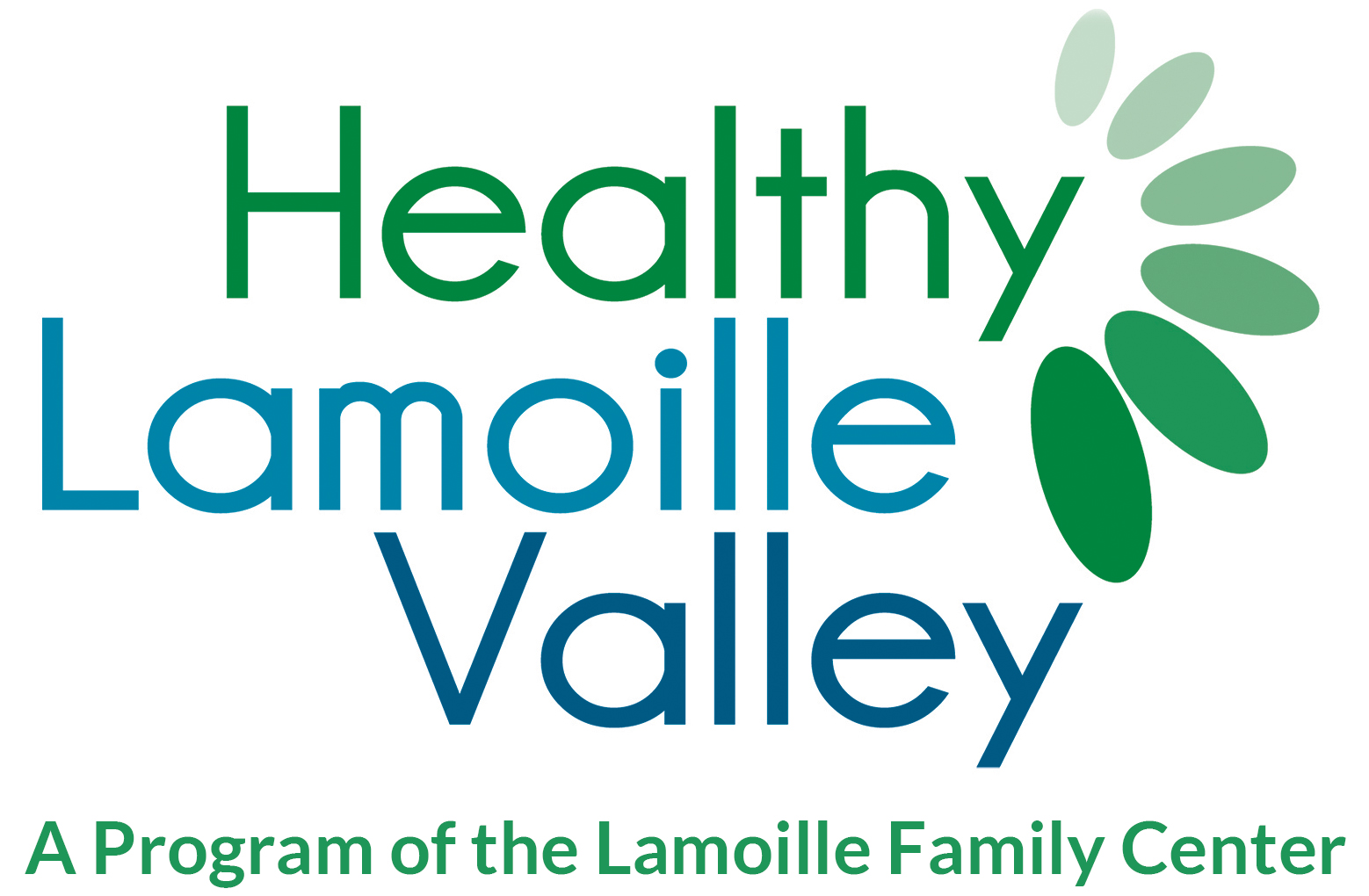Cannabis
Definition
Marijuana refers to the dried leaves, flowers, stems, and seeds from the hemp plant, Cannabis sativa. The plant contains the mind-altering chemical delta-9-tetrahydrocannabinol (THC) and other related compounds. Extracts can also be made from the cannabis plant. Read more on the National Institute of Drug Abuse (NIDA) website. Get the Drug Facts.
Negative Effects of Cannabis on Youth
Health:
- smoking or vaping cannabis is harmful for the lungs, including exposure to toxic substances
- high levels of THC can lead to poisoning, especially with edibles like cookies
- regular use has been linked to mental health risks
- dependence on cannabis as a teen can lead to abuse of other substances later in life
Brain:
- using cannabis can lead to physical changes in the brain
- memory and learning can be impaired, sometimes permanently
- can negatively effect school and future career performance
- impairs driving abilities
Read more from Let’s Talk Cannabis
Vermont Act 164
The following pages contain information about commercial adult-use cannabis in Vermont. Cannabis is illegal for youth under 21 in all 50 U.S. states.
- Retail Cannabis, Act 164 and your town resource page
- Act 164 information for municipal leaders
- More information about Vermont Act 86, Vermont Act 164 and cannabis policy
- Vermont Cannabis Control Board
Key Data Points
27% of Vermont high school students have used cannabis in the last 30 days.
National data shows more Vermonters (ages 12 and up) are using cannabis compared to the country overall. The number of Vermonters who try cannabis for the first time between the ages of 12 and 17 is also higher in our state than in the country overall.
Over the past few decades, the amount of THC in marijuana has steadily climbed; today’s marijuana has three times the concentration of THC compared to 25 years ago. The higher the THC amount, the stronger the effects on the brain—likely contributing to increased rates of marijuana-related emergency room visits.
Resources
- 4 Things YOU Need to Know About Cannabis THC Products
- Facts, tips, and local and national resources from ParentUpVT
- Talk.They Hear You app
- HLV Youth Resources Page
- VT Help Link
- Vermont Department of Health
- Let’s Talk Cannabis
- Vermont Youth Risk Behavior Survey
- HLV Substance Policy Information Page
- Health Advisory on Cannabidiol (CBD)
- HLV Retail Cannabis and Act 164 Information Page
